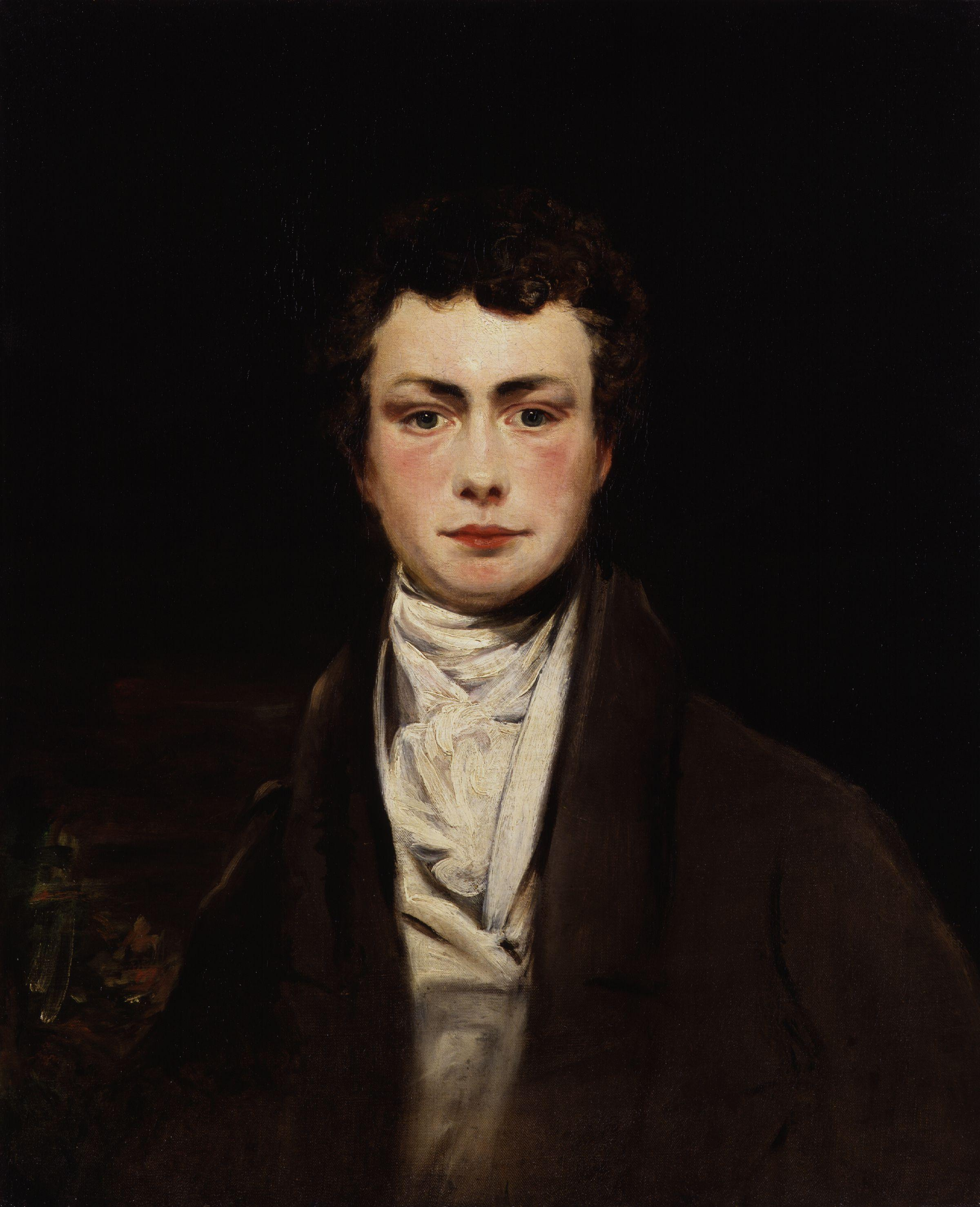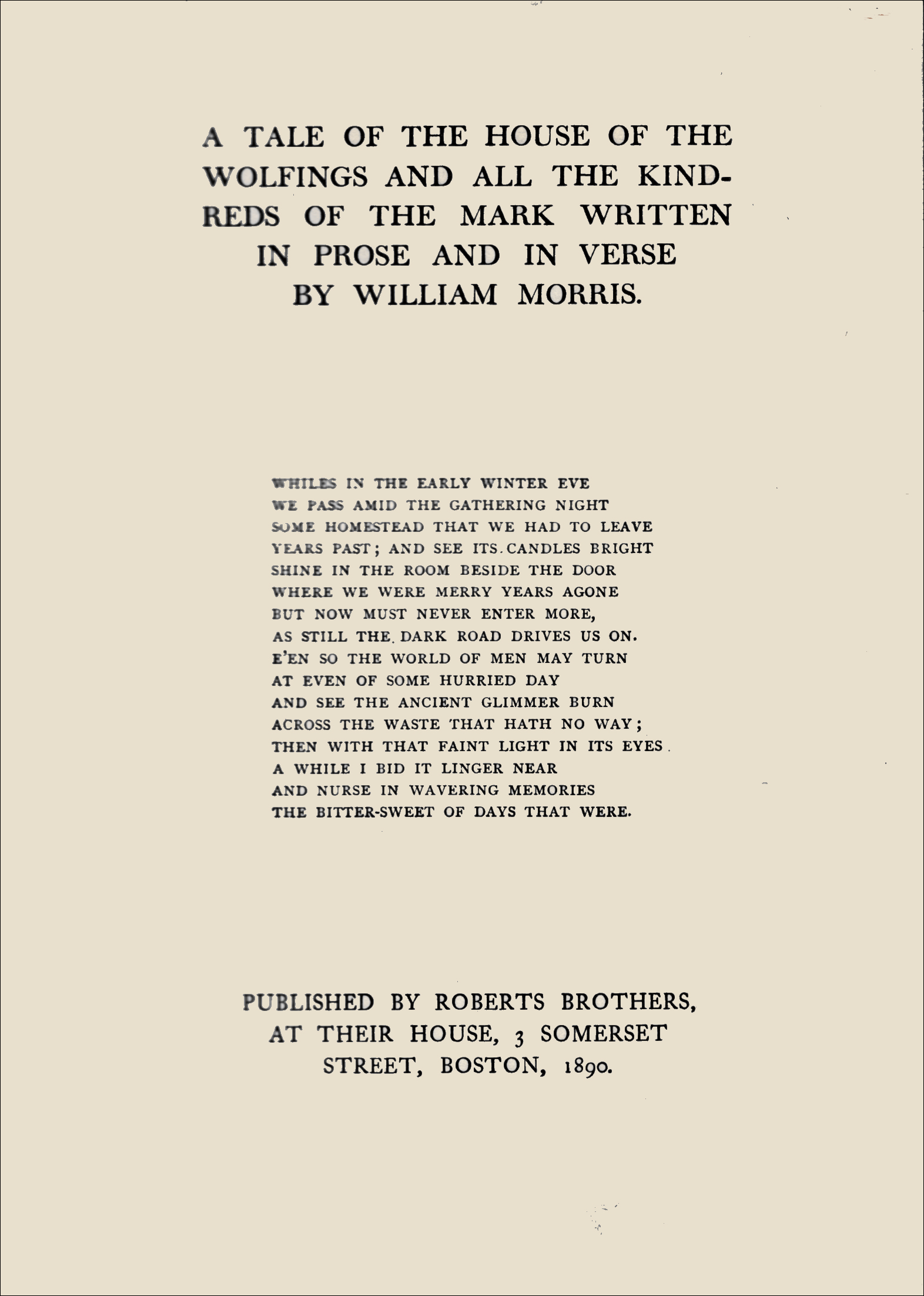|
Song Of The Hindoostani Minstrel
''Poems, by H.L.V. Derozio'' is a book of poetry by Henry Louis Vivian Derozio, first published in Calcutta in 1827. Contents "The Harp of India" This sonnet is the first poem of the volume, coming directly after Derozio's preface, and serves to assert Derozio's presence as a poet. It is dated to March 1827. Derozio uses a conventional apostrophe to a harp (representing poetry), mourning India's recent loss of a poetic tradition and expressing hope that he might be able to revive it. The poem is an allusion to Thomas Moore's "Dear Harp of My Country," which Derozio quotes as an epigraph (cited as "Moore to the Harp of Erin") on the title page of his own ''Poems''. "Song of the Hindoostanee Minstrel" This poem is now more usually referred to with the spelling "Hindustani". In ''Poems'', it is dated to May 1827, and Derozio includes two footnotes to explain his references to surmah and a sitar. The poem is structured around three main points. First the speaker describes ... [...More Info...] [...Related Items...] OR: [Wikipedia] [Google] [Baidu] |
Henry Louis Vivian Derozio
Henry Louis Vivian Derozio (18 April 1809 – 26 December 1831) was an Indian poet and assistant headmaster of Hindu College, Kolkata. He was a radical thinker of his time and one of the first Indian educators to disseminate Western learning and science among the young men of Bengal. Long after his early death, his legacy lived on among his former students, who came to be known as Young Bengals and many of whom became prominent in social reform, law, and journalism. Biography Early life Henry Louis Vivian Derozio was born on 18 April 1809 at Entally-Padmapukur in Kolkata. His parents were Francis Derozio, a Christian Indo-Portuguese office worker, and Sophia Johnson Derozio, an Englishwoman. His original family name was "do Rozário". Derozio attended David Drummond Dharmatala Academy school from age 6 to 14. He later praised his early schooling for its liberal approach to education, particularly its unusual choice to teach Indian, Eurasian and European children from different ... [...More Info...] [...Related Items...] OR: [Wikipedia] [Google] [Baidu] |
Bengal Presidency
The Bengal Presidency, officially the Presidency of Fort William and later Bengal Province, was a subdivision of the British Empire in India. At the height of its territorial jurisdiction, it covered large parts of what is now South Asia and Southeast Asia. Bengal proper covered the ethno-linguistic region of Bengal (present-day Bangladesh and the Indian state of West Bengal). Calcutta, the city which grew around Fort William, was the capital of the Bengal Presidency. For many years, the Governor of Bengal was concurrently the Viceroy of India and Calcutta was the de facto capital of India until 1911. The Bengal Presidency emerged from trading posts established in Mughal Bengal during the reign of Emperor Jahangir in 1612. The East India Company (HEIC), a British monopoly with a Royal Charter, competed with other European companies to gain influence in Bengal. After the decisive overthrow of the Nawab of Bengal in 1757 and the Battle of Buxar in 1764, the HEIC expanded ... [...More Info...] [...Related Items...] OR: [Wikipedia] [Google] [Baidu] |
British India
The provinces of India, earlier presidencies of British India and still earlier, presidency towns, were the administrative divisions of British governance on the Indian subcontinent. Collectively, they have been called British India. In one form or another, they existed between 1612 and 1947, conventionally divided into three historical periods: *Between 1612 and 1757 the East India Company set up Factory (trading post), factories (trading posts) in several locations, mostly in coastal India, with the consent of the Mughal emperors, Maratha Empire or local rulers. Its rivals were the merchant trading companies of Portugal, Denmark, the Netherlands, and France. By the mid-18th century, three ''presidency towns'': Madras, Bombay and Calcutta, had grown in size. *During the period of Company rule in India (1757–1858), the company gradually acquired sovereignty over large parts of India, now called "presidencies". However, it also increasingly came under British government over ... [...More Info...] [...Related Items...] OR: [Wikipedia] [Google] [Baidu] |
Sonnet
A sonnet is a poetic form that originated in the poetry composed at the Court of the Holy Roman Emperor Frederick II in the Sicilian city of Palermo. The 13th-century poet and notary Giacomo da Lentini is credited with the sonnet's invention, and the Sicilian School of poets who surrounded him then spread the form to the mainland. The earliest sonnets, however, no longer survive in the original Sicilian language, but only after being translated into Tuscan dialect. The term "sonnet" is derived from the Italian word ''sonetto'' (lit. "little song", derived from the Latin word ''sonus'', meaning a sound). By the 13th century it signified a poem of fourteen lines that followed a strict rhyme scheme and structure. According to Christopher Blum, during the Renaissance, the sonnet became the "choice mode of expressing romantic love". During that period, too, the form was taken up in many other European language areas and eventually any subject was considered acceptable for writers o ... [...More Info...] [...Related Items...] OR: [Wikipedia] [Google] [Baidu] |
Apostrophe (figure Of Speech)
Apostrophe (Greek ἀποστροφή, ''apostrophé'', "turning away"; the final ''e'' being sounded) is an exclamatory figure of speech. It occurs when a speaker breaks off from addressing the audience (e.g., in a play) and directs speech to a third party such as an opposing litigant or some other individual, sometimes absent from the scene. Often the addressee is a personified abstract quality or inanimate object. In dramatic works and poetry written in or translated into English, such a figure of speech is often introduced by the vocative exclamation, "O". Poets may apostrophize a beloved, the Muses, God or gods, love, time, or any other entity that can't respond in reality. Examples * "O death, where is thy sting? O grave, where is thy victory?" 1 Corinthians 15:55, Paul the Apostle * "O, pardon me, thou bleeding piece of earth, / That I am meek and gentle with these butchers! / Thou art the ruins of the noblest man / That ever lived in the tide of times." William Shakespeare, ' ... [...More Info...] [...Related Items...] OR: [Wikipedia] [Google] [Baidu] |
Thomas Moore
Thomas Moore (28 May 1779 – 25 February 1852) was an Irish writer, poet, and lyricist celebrated for his ''Irish Melodies''. Their setting of English-language verse to old Irish tunes marked the transition in popular Irish culture from Irish to English. Politically, Moore was recognised in England as a press, or " squib", writer for the aristocratic Whigs; in Ireland he was accounted a Catholic patriot. Married to a Protestant actress and hailed as "Anacreon Moore" after the classical Greek composer of drinking songs and erotic verse, Moore did not profess religious piety. Yet in the controversies that surrounded Catholic Emancipation, Moore was seen to defend the tradition of the Church in Ireland against both evangelising Protestants and uncompromising lay Catholics. Longer prose works reveal more radical sympathies. The ''Life and Death of Lord Edward Fitzgerald'' depicts the United Irish leader as a martyr in the cause of democratic reform. Complementing Maria Edgewort ... [...More Info...] [...Related Items...] OR: [Wikipedia] [Google] [Baidu] |
Epigraph (literature)
In literature, an epigraph is a phrase, quotation, or poem that is set at the beginning of a document, monograph or section thereof. The epigraph may serve as a preface to the work; as a summary; as a counter-example; or as a link from the work to a wider literary canon, with the purpose of either inviting comparison or enlisting a conventional context. A book may have an overall epigraphy that is part of the front matter, or one for each chapter. Examples * As the epigraph to '' The Sum of All Fears'', Tom Clancy quotes Winston Churchill in the context of thermonuclear war:Why, you may take the most gallant sailor, the most intrepid airman or the most audacious soldier, put them at a table together – what do you get? The sum of their fears. * The long quotation from Dante's ''Inferno'' that prefaces T. S. Eliot's "The Love Song of J. Alfred Prufrock" is part of a speech by one of the damned in Dante's Hell. * The epigraph to E. L. Doctorow's ''Ragtime'' quotes Scott Joplin' ... [...More Info...] [...Related Items...] OR: [Wikipedia] [Google] [Baidu] |
Surmah
Kohl ( ar, كُحْل, kuḥl), kajal or kajol is an ancient eye cosmetic, traditionally made by grinding stibnite (Sb2S3) for use similar to that of charcoal in mascara. It is widely used in the Middle East, Caucasus and North Africa, South Asia, West Africa, and the Horn of Africa as eyeliner to contour and/or darken the eyelids and as mascara for the eyelashes. It is worn mostly by women, but also by some men and children. The content of kohl and various ways to prepare it differ based on tradition and country. Several studies have questioned the safety of kohl due to the dangers of lead poisoning. Name The Arabic name formed the Arabic root ''k-ḥ-l, “to apply kohl”''. Transliteration variants of Arabic dialectal pronunciation include ''kohl'' or ''kuhl''. The Arabic word cognates with Syriac-Aramaic word ܟܘܚܠܐ/כוחלא ''kuḥla''. Both words derived from Akkadian 𒎎𒋆𒁉𒍣𒁕 ''guẖlu(m)'' meaning stibium. The English word ''alcohol'' is a loan ... [...More Info...] [...Related Items...] OR: [Wikipedia] [Google] [Baidu] |
Sitar
The sitar ( or ; ) is a plucked stringed instrument, originating from the Indian subcontinent, used in Hindustani classical music. The instrument was invented in medieval India, flourished in the 18th century, and arrived at its present form in 19th-century India. Khusrau Khan, an 18th century figure of Mughal Empire has been identified by modern scholarship as the originator of Sitar. According to most historians he developed sitar from setar, an Iranian instrument of Abbasid or Safavid origin. Another view supported by a minority of scholars is that Khusrau Khan developed it from ''Veena''. Used widely throughout the Indian subcontinent, the sitar became popularly known in the wider world through the works of Ravi Shankar, beginning in the late 1950s and early 1960s. In the 1960s, a short-lived trend arose for the use of the sitar in Western popular music, with the instrument appearing on tracks by bands such as the Beatles, the Doors, the Rolling Stones and others. Etymol ... [...More Info...] [...Related Items...] OR: [Wikipedia] [Google] [Baidu] |
Robert Browning
Robert Browning (7 May 1812 – 12 December 1889) was an English poet and playwright whose dramatic monologues put him high among the Victorian poets. He was noted for irony, characterization, dark humour, social commentary, historical settings and challenging vocabulary and syntax. His early long poems ''Pauline'' (1833) and ''Paracelsus'' (1835) were acclaimed, but his reputation dwindled for a time – his 1840 poem ''Sordello'' was seen as wilfully obscure – and took over a decade to recover, by which time he had moved from Shelleyan forms to a more personal style. In 1846 he married fellow poet Elizabeth Barrett and moved to Italy. By her death in 1861 he had published the collection ''Men and Women'' (1855). His ''Dramatis Personae'' (1864) and book-length epic poem ''The Ring and the Book'' (1868–1869) made him a leading poet. By his death in 1889 he was seen as a sage and philosopher-poet who had fed into Victorian social and political discourse. Societies for ... [...More Info...] [...Related Items...] OR: [Wikipedia] [Google] [Baidu] |






.jpg)

